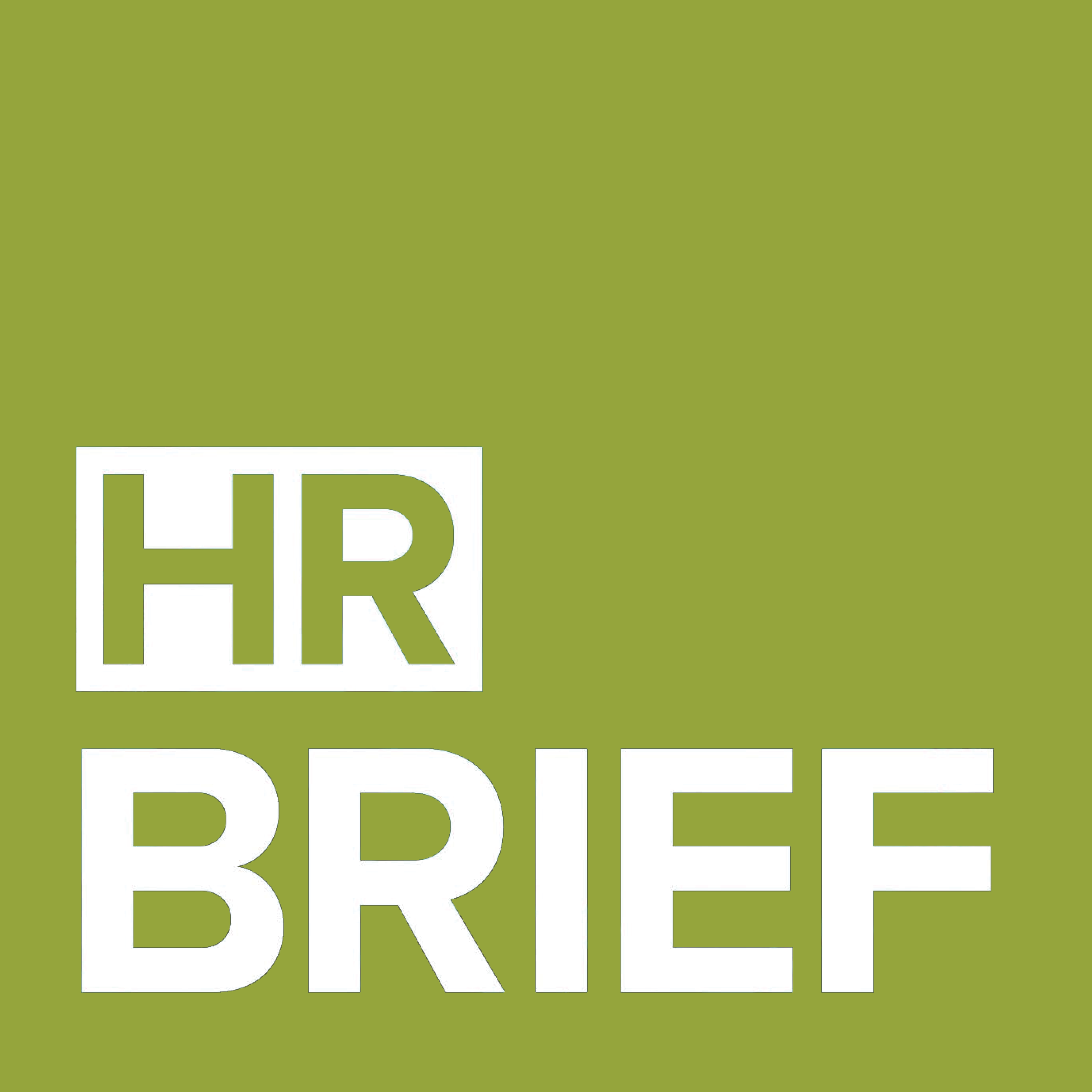
EEOC Opens EEO-1 Reporting Portal for 2019 and 2020 Data
The portal for private-sector employers to submit equal employment opportunity (EEO-1) workforce data from 2019 and 2020 is now open, the U.S. Equal Employment Opportunity Commission (EEOC) recently announced. The deadline for submissions is July 19, 2021. This data collection was previously delayed due to the COVID-19 pandemic.
EEO-1 Reporting Background
Mandated under Title VII of the Civil Rights Act, the EEO-1 Report is an annual survey that requires certain employers to submit information about their workforces by race or ethnicity, gender and job category by March 31 every year. The EEOC uses the collected data to enforce Title VII’s prohibitions against employment discrimination based on race, color, religion, national origin or sex.
Employers Subject to EEO-1 Reporting
In general, a private-sector employer is subject to EEO-1 reporting if it:
- Has 100 or more employees;
- Has 15-99 employees and is part of a group of employers with 100 or more employees; or
- Is a federal contractor with 50 or more employees and a contract of $50,000 or more
Employer Takeaway
Employers should review EEO-1 reporting requirements. Those subject to reporting requirements should begin submitting 2019 and 2020 EEO-1 data in the EEO-1 portal and ensure that they complete these submissions by July 19, 2021.
These employers should also review the EEOC’s home page and new website dedicated to EEO data collections for additional information.
Protecting HR Teams from Burnout
Burnout is a commonly discussed issue amid the COVID-19 pandemic. Oftentimes, it’s HR’s responsibility to help employees cope with burnout and its contributing factors. In many cases, that leaves HR teams without lifelines of their own. However, HR professionals can take steps to stay afloat when feeling overburdened.
Burnout, in simple terms, is the feeling of mental exhaustion stemming from workplace duties. According to the World Health Organization, burnout may be shown through the following symptoms:
- Fatigue or energy depletion
- Decreased engagement at work, or feelings of negativism or cynicism related to one’s job
- Reduced productivity or efficacy
As these examples show, burnout doesn’t always look the same for everyone. Yet, the impacts of burnout are typically uniform—lower-quality work and detrimental health effects.
Steps for Employers
Below are action steps for HR professionals to consider when dealing with burnout:
- Meet regularly with team members and peers to gauge their emotional states and discuss individual work duties as needed.
- Recognize and celebrate individual and team achievements.
- Train other managers on how to keep employees engaged and motivated at work, and how to spot signs of burnout.
- Clearly communicate that employees should reach out if they are experiencing burnout, and that there will be no punishment for seeking help.
Consider what actions can help address the unique needs of your work environment. To learn more about preventing burnout, contact us today.

